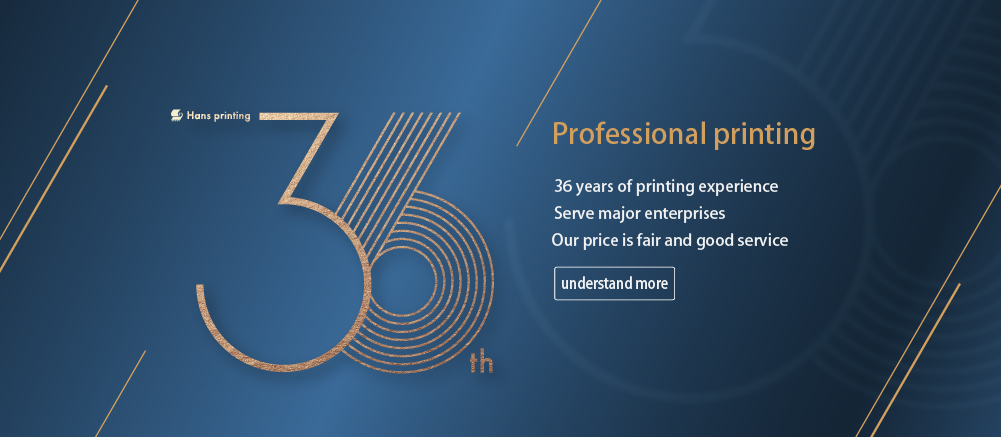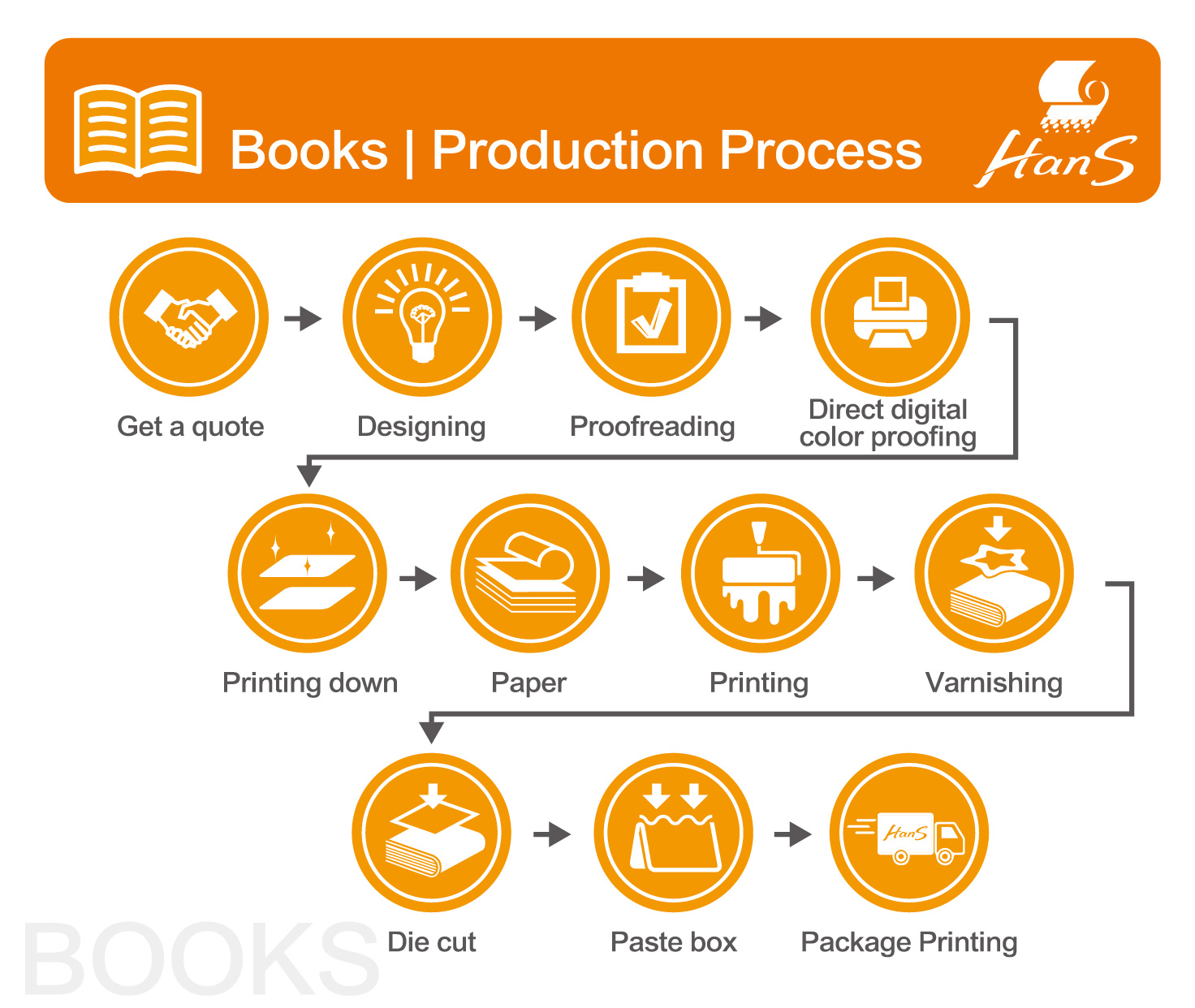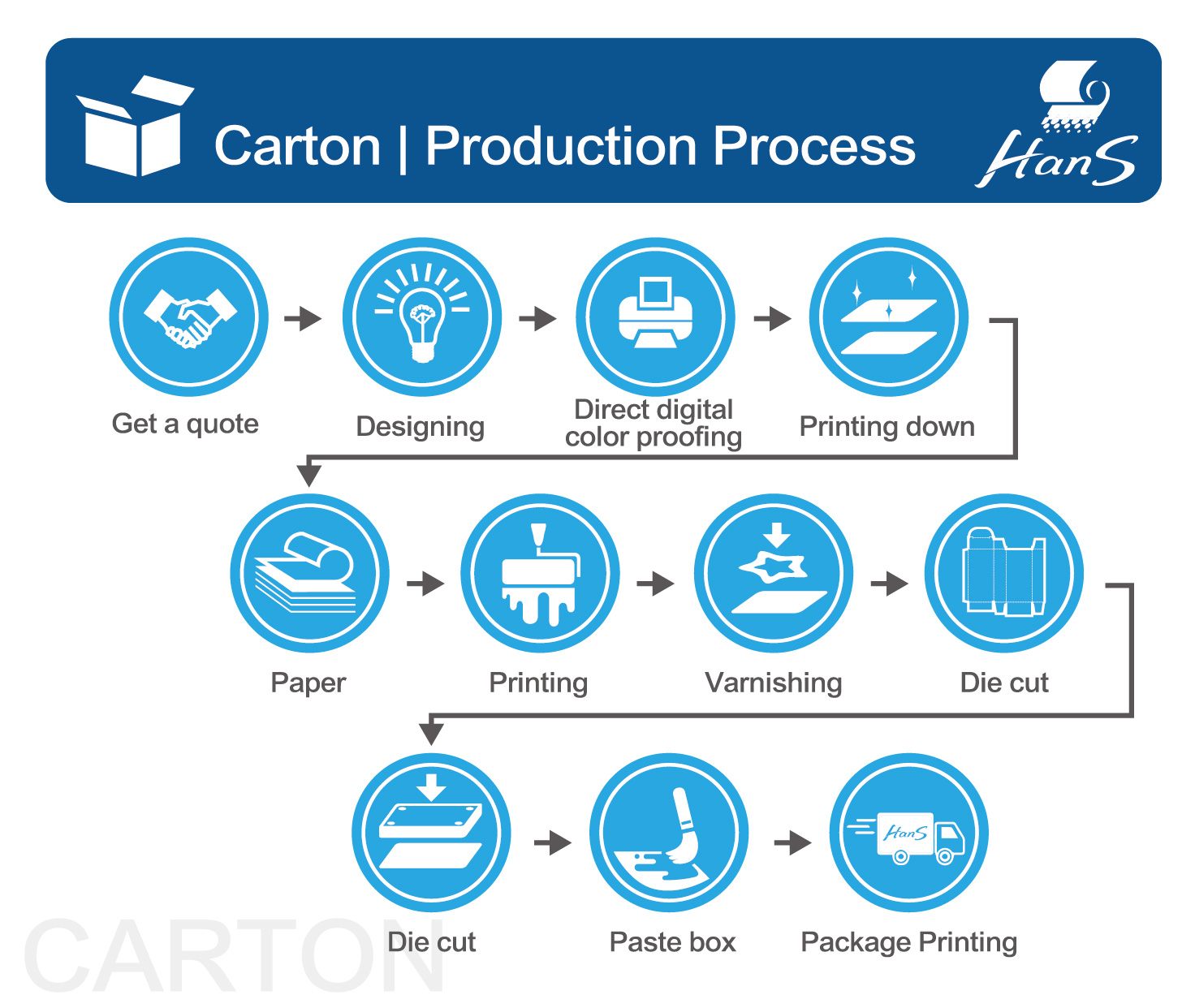Printing Technology
-
sentiment_very_satisfied
觀看人數:
- 862 人
Printing technology refers to the methods and processes used to reproduce text and images on paper or other substrates. It has evolved significantly over time, driven by technological advancements and the demand for faster, more efficient, and higher-quality printing. Here are some key aspects and types of printing technology:
1.Offset Printing: A widely used technique where ink is transferred from a metal plate to a rubber blanket and then onto the printing surface. It is known for its high image quality and consistency, making it suitable for large-scale commercial printing.
2.Digital Printing: Utilizes digital files to directly print images onto various media. It offers quick turnaround times, variable data printing capabilities, and is cost-effective for short print runs. Inkjet and laser printers are common digital printing technologies.
3.Flexography: Uses flexible relief plates and fast-drying inks to print on various substrates, including plastic, metallic films, and paper. It is commonly used for packaging materials and labels due to its ability to print on non-flat surfaces.
4.Gravure Printing: Uses engraved cylinders to transfer ink onto a substrate. It is known for its ability to produce high-quality images and is used for long print runs, such as magazines, catalogs, and packaging.
5.Screen Printing: Involves using a mesh screen to transfer ink onto a substrate, with areas blocked off by a stencil. It is versatile and can print on various surfaces, from textiles to ceramics, and is often used for signage, apparel, and promotional items.
6.3D Printing: Additive manufacturing technology that creates three-dimensional objects layer by layer from digital models. It has applications in various industries, including prototyping, aerospace, healthcare, and consumer products.
7.Inkjet Printing: Propels droplets of ink onto paper or other substrates to create images or text. It is versatile and used for both consumer and industrial applications, such as desktop printers, large-format printers, and industrial printing systems.
8.Electrophotography (Laser Printing): Uses electrostatic charges and toner (dry ink) to transfer images onto paper. It is widely used in office printers, copiers, and digital presses for its speed and high-quality output.
Each printing technology has unique characteristics, advantages, and applications, making them suitable for different types of printing projects and industries. Advances in printing technology continue to drive innovation in areas such as print quality, speed, efficiency, and sustainability.

From planning and filing to the completion of printed matter, printing must go through many procedures, combined with the professional skills of countless people, such as graphic designers, commercial photographers, copywriters, typewriters, artists, color separation technicians, printing technicians, Public workers, printing technicians, bookbinding, varnishing and various processing technicians, etc., without any one, can not successfully complete the printed matter, so they are all important contributors.
We assist many enterprises and organizations in the integrated planning and production of printed materials, focusing on providing comprehensive printing integration services, helping you think more, do more, and win more under limited time and money.



















